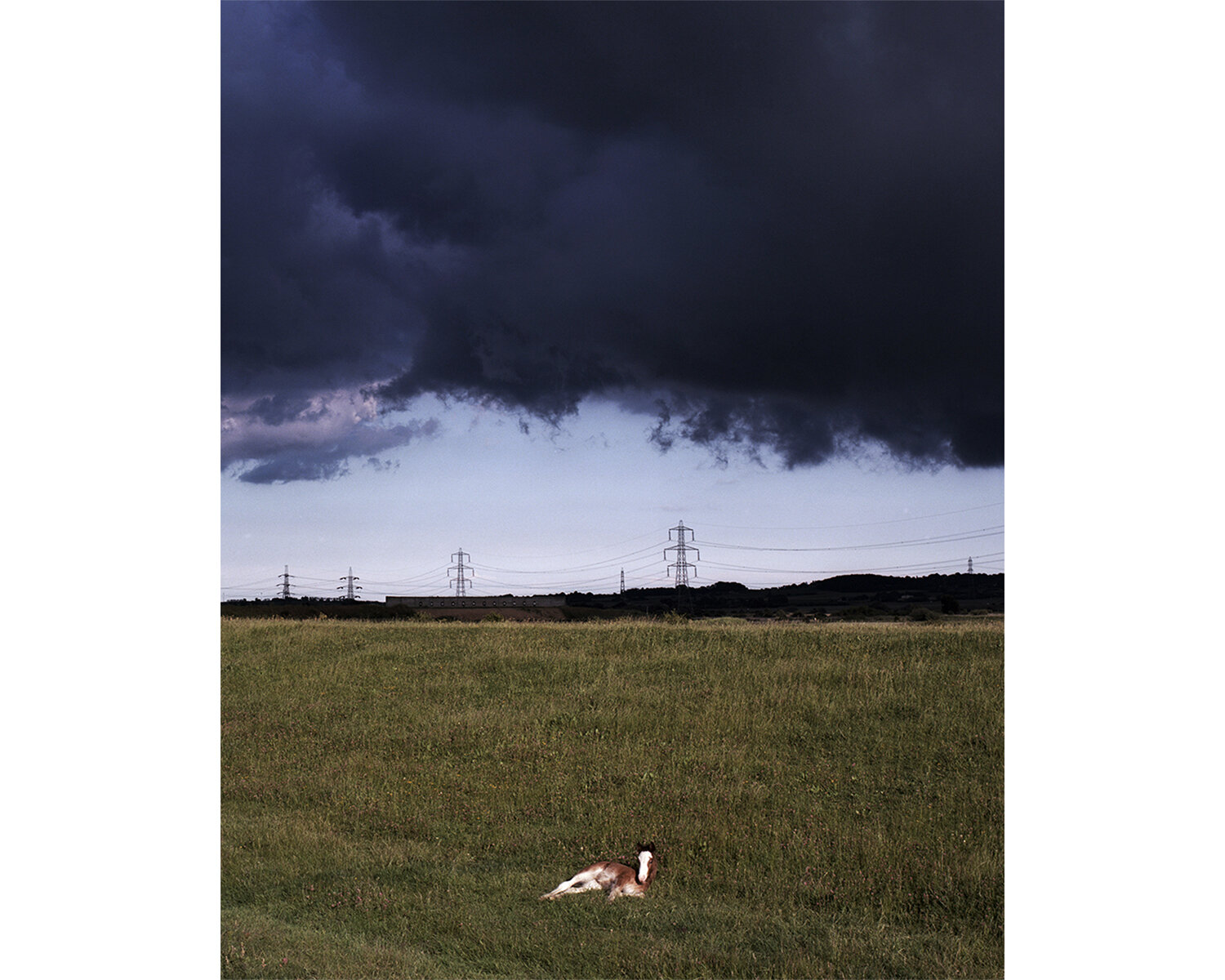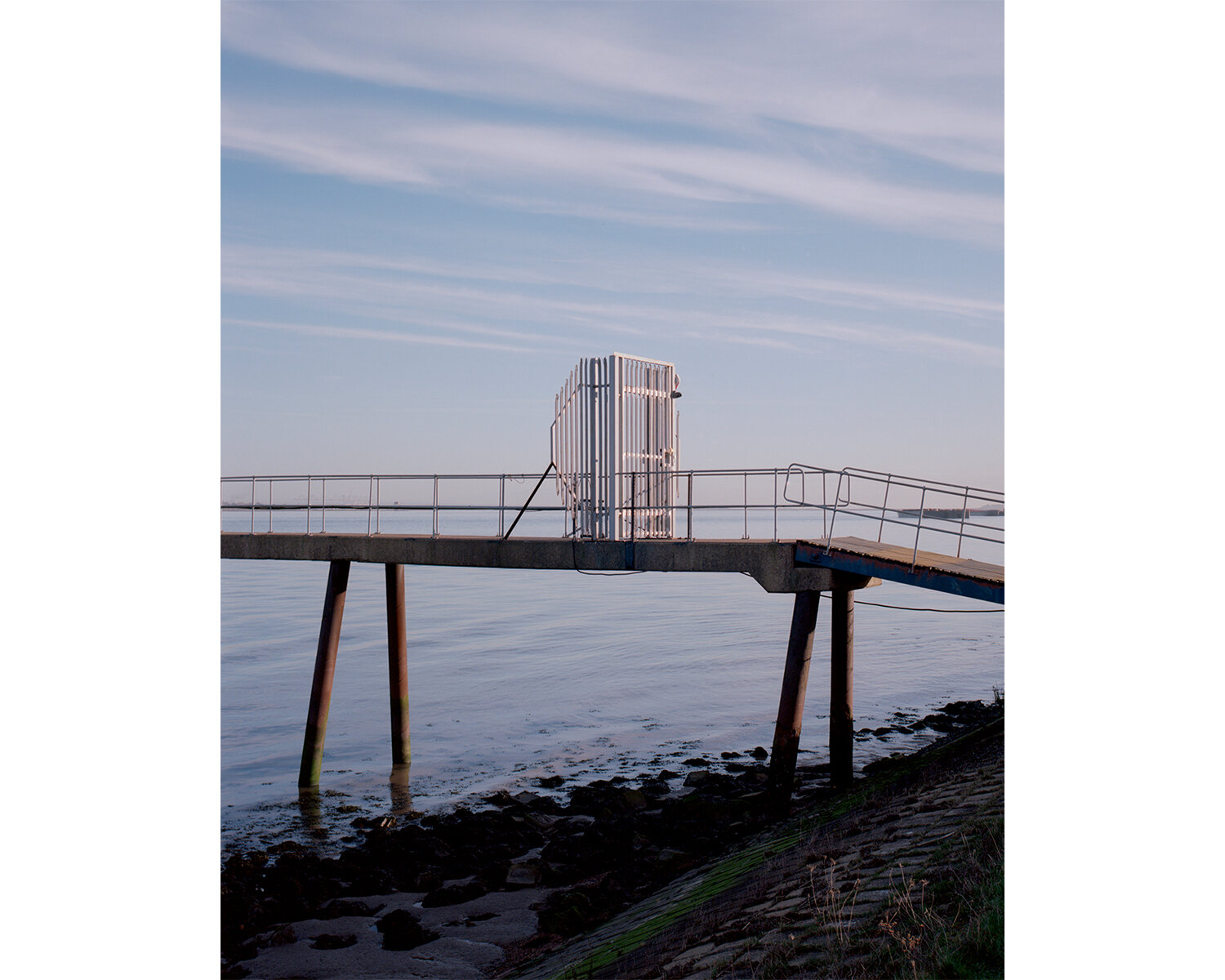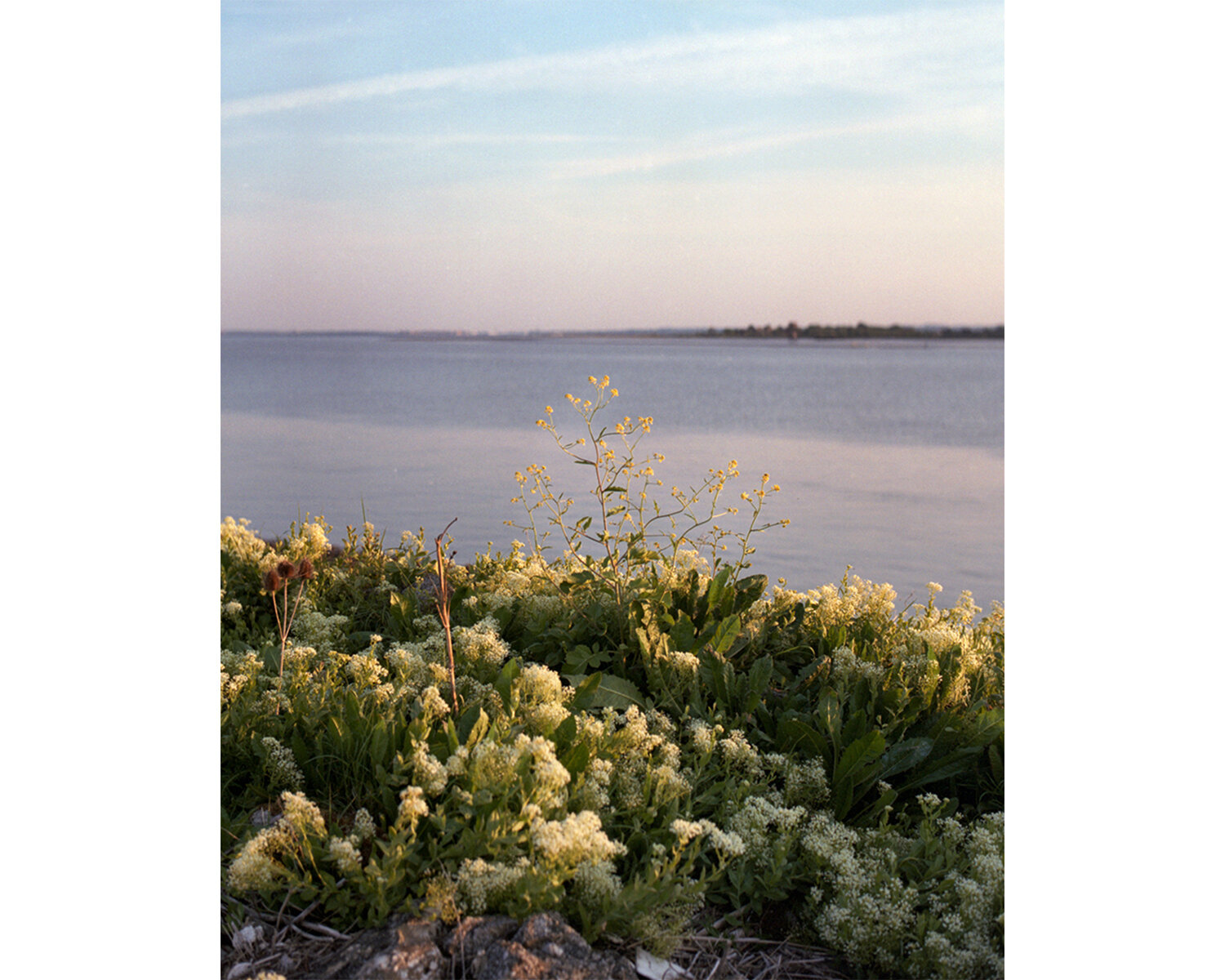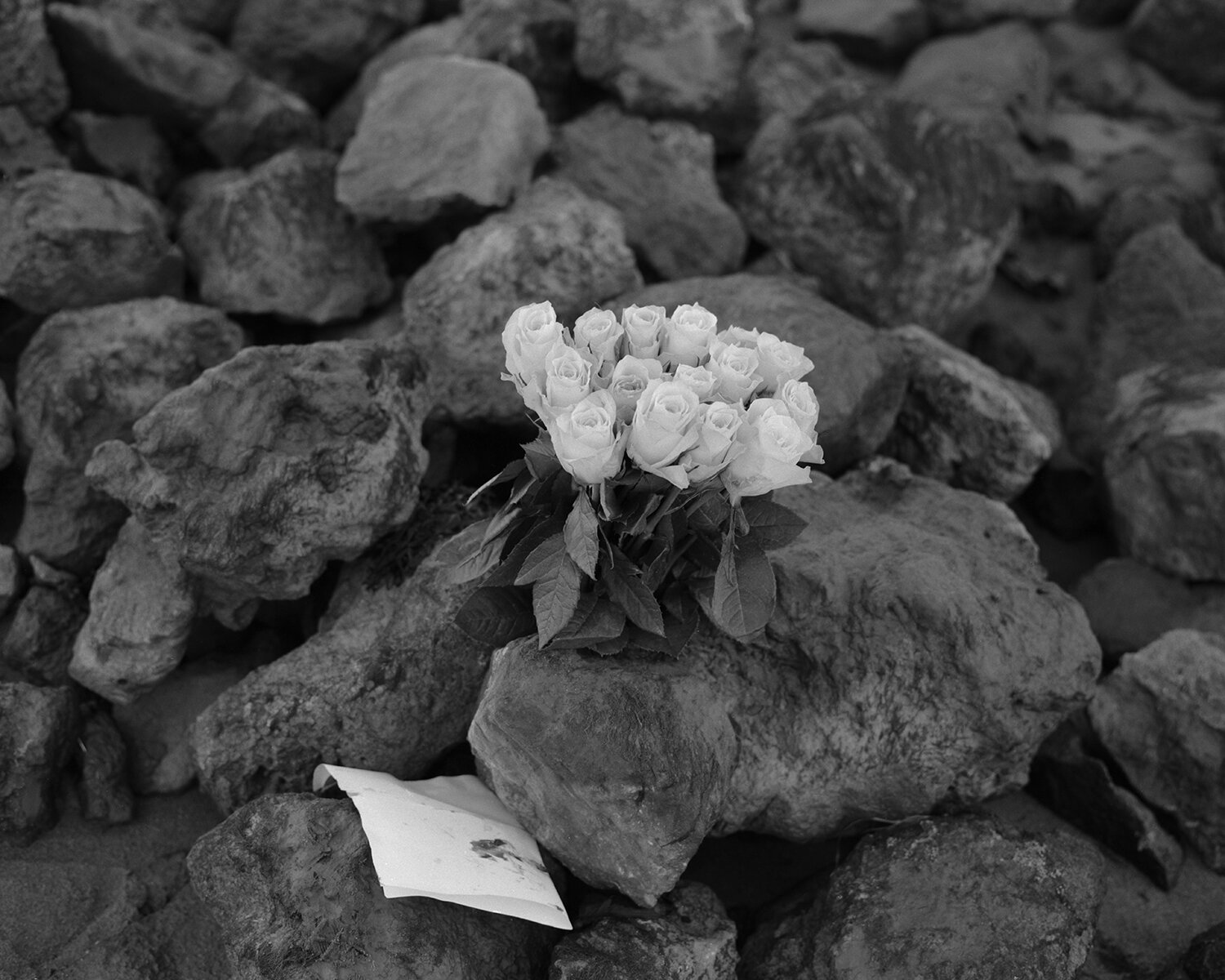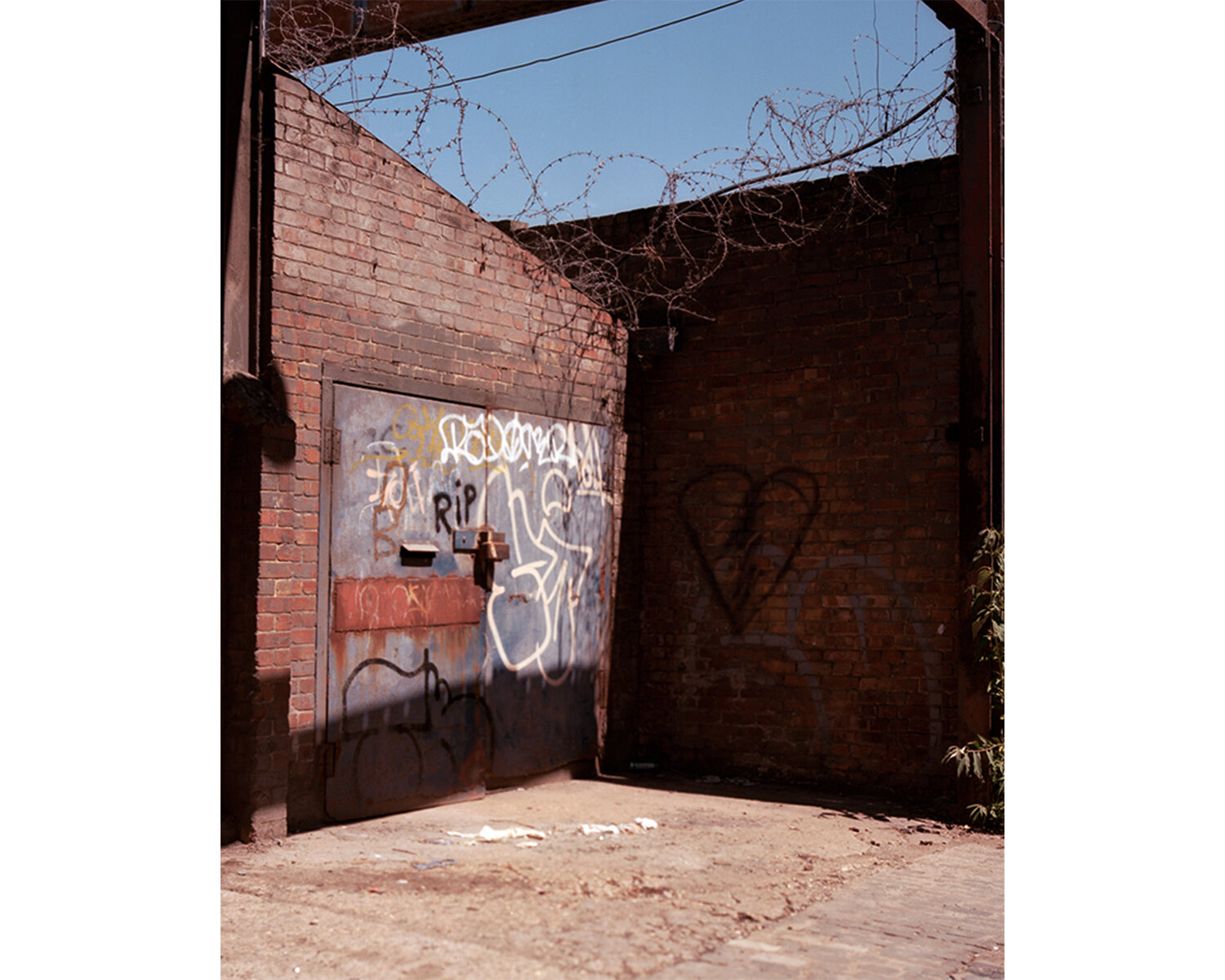Simon is a Kent based landscape and portrait photographer focusing primarily on British culture such as the pastimes of Royal Marine Cadets and Competitive Mini Golf players in his first self published photo book Minigolf. His second major body of work Cadets looks at the social interactions of 13-18 year olds as they attend after school activities influenced by the ethos of the Royal Marines, the work has been exhibited internationally and most recently at the ICP in New York, Martin hopes to release the series as his second book in coming years.
His latest series Fortress focuses on our relationship with the land that surrounds us, more specifically Milton Marshland which runs parallel to the Thames in the North of Kent.
“Gravesend’s heyday as a tourist destination for Londoners has been left behind, follow the waters edge East and you will find yourself on Milton Marshland. Home to a harras of horses, dirt bikes, hunters and exhibitionists, this land has become an escape during lockdown for many. An escape from familiarity, it gives a feeling of wilderness and uncertainty in a time of repetition. The work is an ongoing exploration of the marshland and its uses as I settle into my new home of Gravesend. The work will be showing in its early stages in March of this year”.
Interview by Phoebe Somerfield
PS: Your photographs of gravesend emulate its past and present. Moving away from its legacy as a seaside destination for Londoners, in what direction do you think gravesend is heading? Do you think it’s in a transitional period at the moment?
SM: You can sometimes get a feeling for what is happening to a town, a lot of the seaside towns have been changing rapidly along the kent coast and you can gather a feeling from the peoples energy and the shop front as to what's happening. With Gravesend I'm really not sure where its heading, it has such a mixture of influences in its direction, the development of the waters edge seems to be a greatly anticipated addition along with the new crossing into Essex. I'm looking forward to seeing the Town grow and thrive hopefully in the benefit of its residence rather than its developers.
PS: The Thames estuary has been a great source of inspiration for many practitioners, it is a particularly magic place. Is there anything especially brilliant about the area for you?
SM: The almost wild feeling you get from walking along the Thames this far down is fantastic. I’ve met fisherman, dirt bikers, friends drinking, horse riders, a hunter, people having sex. When land is left ungated like this it takes on whatever purpose a person can find for it.
PS: Have you found your relationship to Gravesend has changed during periods of lockdown?
SM: I’d hope everyone has felt this way during lockdown, ironically the closeness the community has gained from all of this is fantastic, we all just want to be part of humanity again and a friendly hello in the morning or a random conversation about a dog has new worth at the moment. Gravesend has a bad reputation as does a lot of Medway, for good reason most of the time, but besides all the comments its been a great place to live and I do feel at home here.
PS: You mention that you’ll be exhibiting the work soon, I’m really excited to see the work physically! What are your thoughts for the location/curation of the show?
SM: The plan is to show the work along the sea defence wall in a public area next to the land I’ve been frequenting, I’m still in two minds if its a stupid idea to show the work in the exact location its made but I want to create a conversation with people and the camera that the majority have in their pocket and share their experiences with the land around us through social media. I plan to show the work at the beginning of April and will be updating its dates and location via my instagram.

